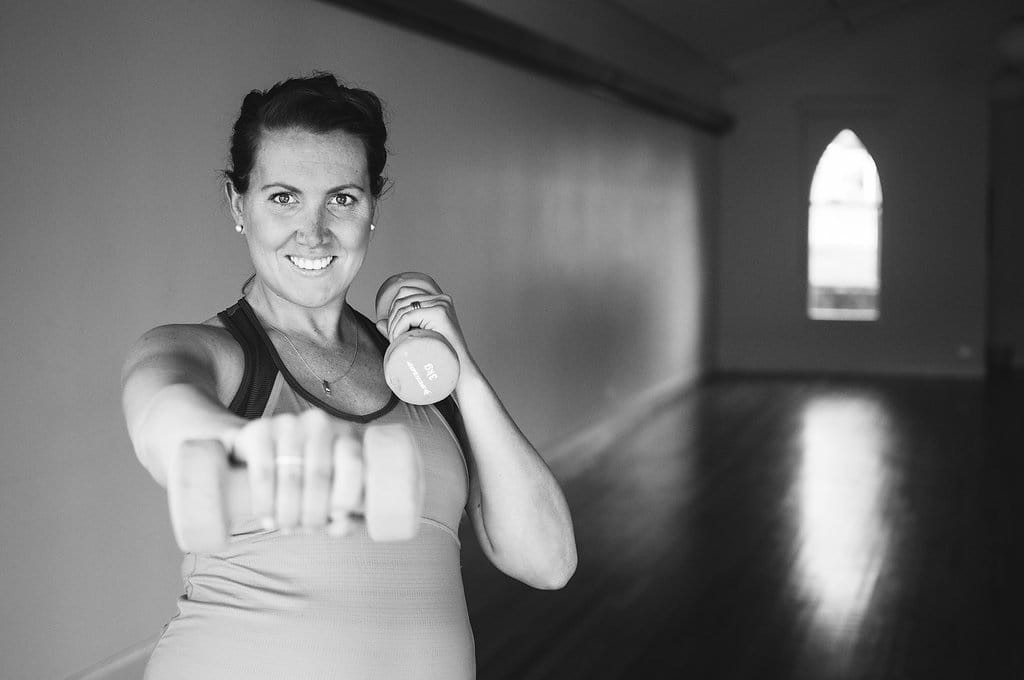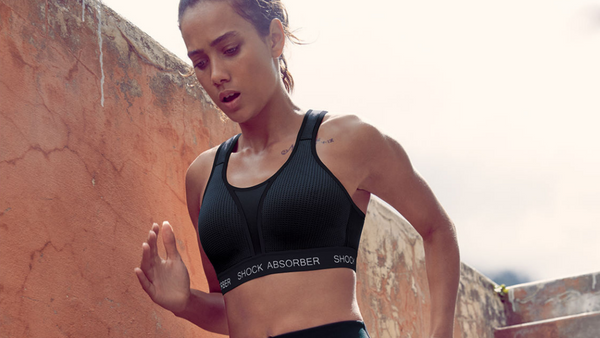Regaining Core Strength After Pregnancy

By Libby Nuttall, Personal Trainer and She Science Ambassador
So you’ve had your baby, congratulations! Now it’s time to smash a few ab workouts and flatten that mummy tummy, right?! Wrong. On so many levels, wrong.
Pregnancy puts huge strain on your core and pelvic floor and now is the time for rehabilitation, not waist training, ab workouts, or thrashing our bodies at the gym.
Let’s talk a little bit about the core, because there’s lots of misconceptions. Picture a cylinder. The core is like a cylinder, with the diaphragm at the top, pelvic floor at the bottom, the muscles surrounding your spine known as the multifudus, and your deep abdominal muscles, known as your transverse abdominis. Your glutes are a really important piece of the puzzle as well.
What’s not so important right now are your outer abdominals, you know, your six pack muscles. Unlike your transverse abdominis, they have little impact on your general health or strength. So forget about crunches for a while.
So why does pregnancy put pressure on this region? Well imagine a hammock. Now imagine bouncing a bowling ball on the hammock. That’s what pregnancy is like for your pelvic floor. The extra weight and size puts pressure on all of the internal organs, changing the centre of gravity and the muscles we use to walk, stand and move. The stretching of all these muscles during pregnancy leaves them weakened and at risk of injury.
After childbirth is a crucial time for rehabilitation, and looking after your body in this phase will stand you in good stead for future pregnancies and general health and wellbeing, including minimising aches and pains, preventing pelvic organ prolapse or hernia and healing diastisis recti.
Diastisis Recti
The first thing we should identify is whether we have experienced abdominal separation, and how severe it is. Many women experience diastisis recti, so it’s nothing you should worry about and shouldn’t cause you any pain. It’s important to know which exercises to avoid, to help heal the separation or cause further damage. Undiagnosed ab separation can lead to hernia, posture issues, low back pain and incontinence issues.
 You can determine whether you are affected by visiting a physiotherapist or performing this simple test on yourself (I would always recommend a physio after birth anyway!)
You can determine whether you are affected by visiting a physiotherapist or performing this simple test on yourself (I would always recommend a physio after birth anyway!)
Once this is done, it’s time to start thinking about the best ways to regain core strength, and let me tell you right now, it ain’t situps.
In the first few of months after pregnancy we want to avoid exercises which put too much pressure on the outer abdominals such as situps, double leg raises and crunches. It’s also time to back away from the front loading exercises such as planks and push ups.
It seems like you’re not allowed to do anything, right? Don’t worry, this is a short phase in the scheme of things and there is still plenty you can do to regain core strength without those particular exercises. Trust me, your body will thank you down the track.
Here are my top tips for post partum core work. Remember to always focus on controlled, smooth movements, continuous breathing and good posture.
- Breathing and engaging exercises. Start your post partum workouts by learning to re-engage your pelvic floor and core. Identify whether you can, in fact, feel your core and floor being turned on and off. Deep breathing exercises are also key in the early stages. Simply lie down and allow your stomach to expand and contract as much as possible while taking deep breaths.
- Basic floor work. There’s several ways to activate your core simply by lying down. Before each of these, actively engage your core and continue to breathe normally.
Single leg heel slides – With knees bent and heels close to hips, slide one leg out to straight and return, swap legs
Single leg extensions – With knees bent and heels close to hips, raise one foot upwards and return, swap legs
Pelvic tilt – lying down and place feet up on a chair or fitball. Engage your core and tilt your pelvic back by pressing your lower back into the floor. Hold for five seconds then repeat 10 times.

-
Plank variations. As we talked about above, front loading exercises are best avoided in the early days, but there are still other options for you. Reverse plank and side plank are great. Over a series of weeks and months, progress at your own pace toward regular plank by starting leaning against a wall, then lower onto a chair or fitball. Next, move on to plank on your knees, then do short bursts on your toes.

- Resistance bands – When you’re ready to add some resistance to your training, resistance bands are a fantastic place to start. They provide a low-impact core workout that you can work up to in the post partum phase, just make sure you’ve really mastered points one and two first. There’s dozens of exercises to do with resistance bands, from rows, to posture work and dedicated core work. The bands allow you to work at an appropriate resistance level and gently regain core strength.
By Libby Nuttall, Miracle Months
 Libby is a women’s personal trainer in the Macedon Ranges. When she’s not hanging with her two sons, husband and Weimaraner (a.k.a; the boys), she is running high intensity fitness classes, volunteering as the president of the local playgroup, or working on her range of pre and post natal wellness programs, Miracle Months. Libby had her second son in December 2015 and is loving sharing the journey back to fitness and strength post baby with her social media following. This year she is looking forward to competing in a number of runs and obstacle races. Follow Libby via Miracle Months facebook & instagram. www.miraclemonths.com
Libby is a women’s personal trainer in the Macedon Ranges. When she’s not hanging with her two sons, husband and Weimaraner (a.k.a; the boys), she is running high intensity fitness classes, volunteering as the president of the local playgroup, or working on her range of pre and post natal wellness programs, Miracle Months. Libby had her second son in December 2015 and is loving sharing the journey back to fitness and strength post baby with her social media following. This year she is looking forward to competing in a number of runs and obstacle races. Follow Libby via Miracle Months facebook & instagram. www.miraclemonths.com








